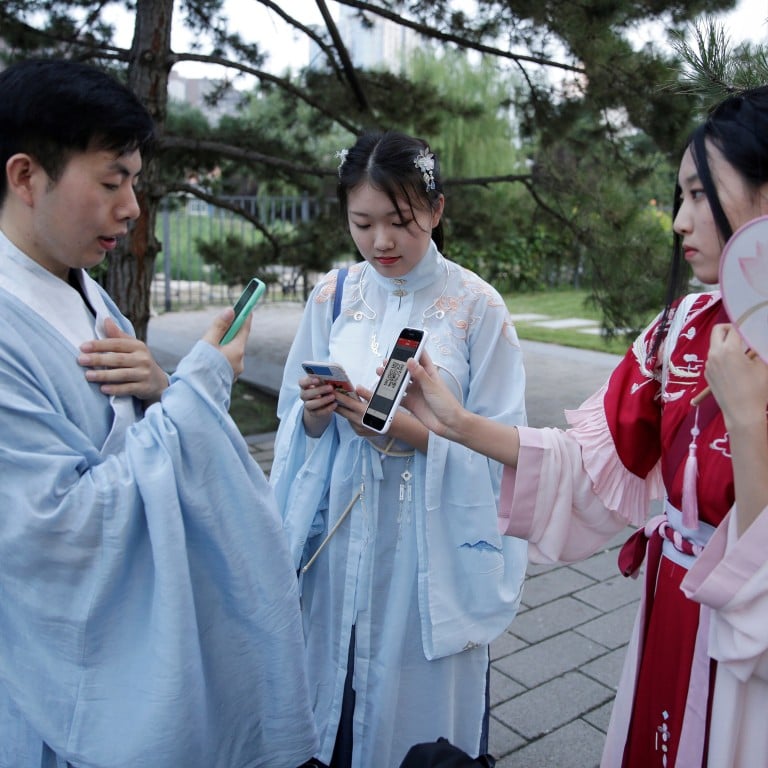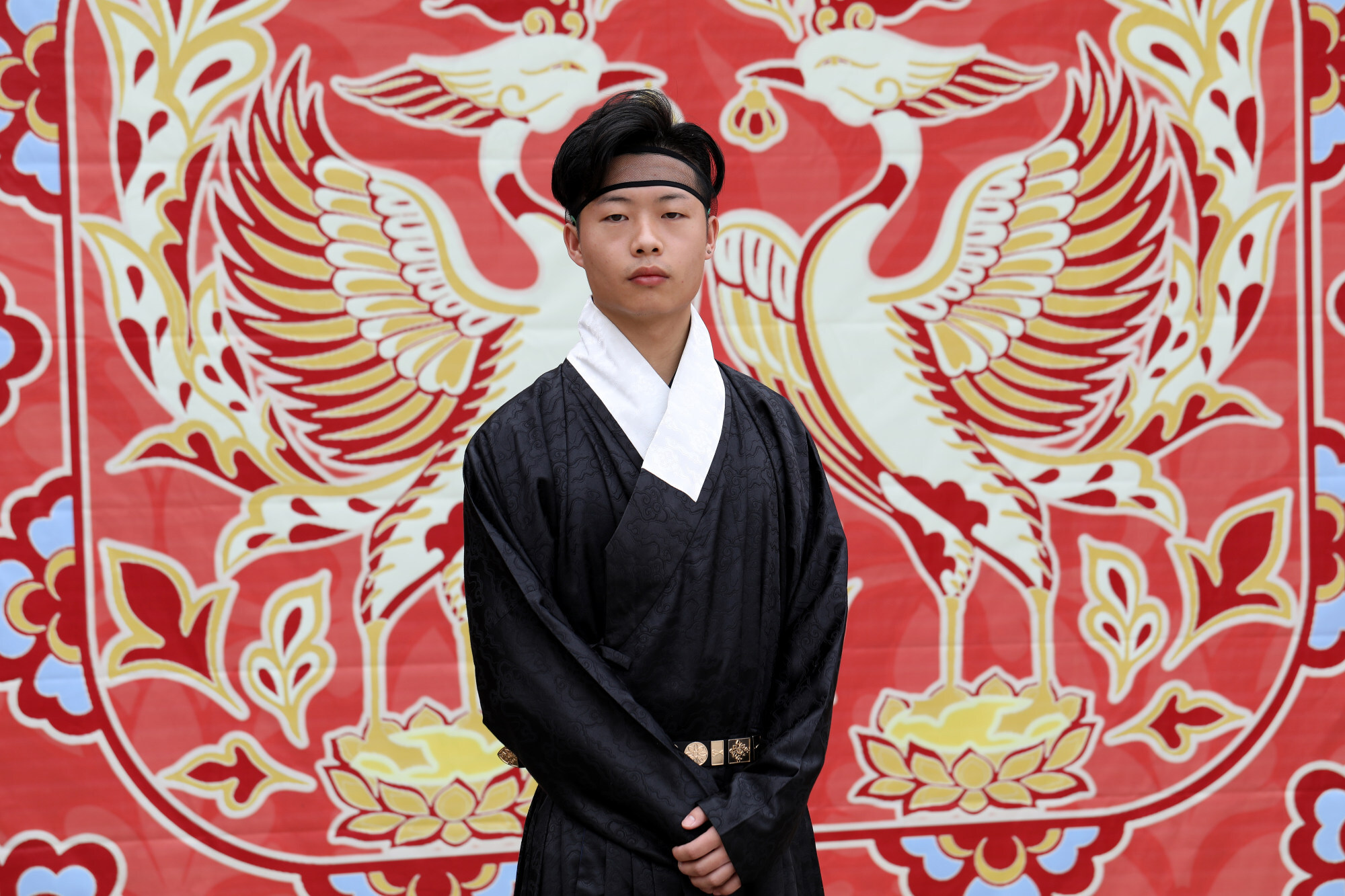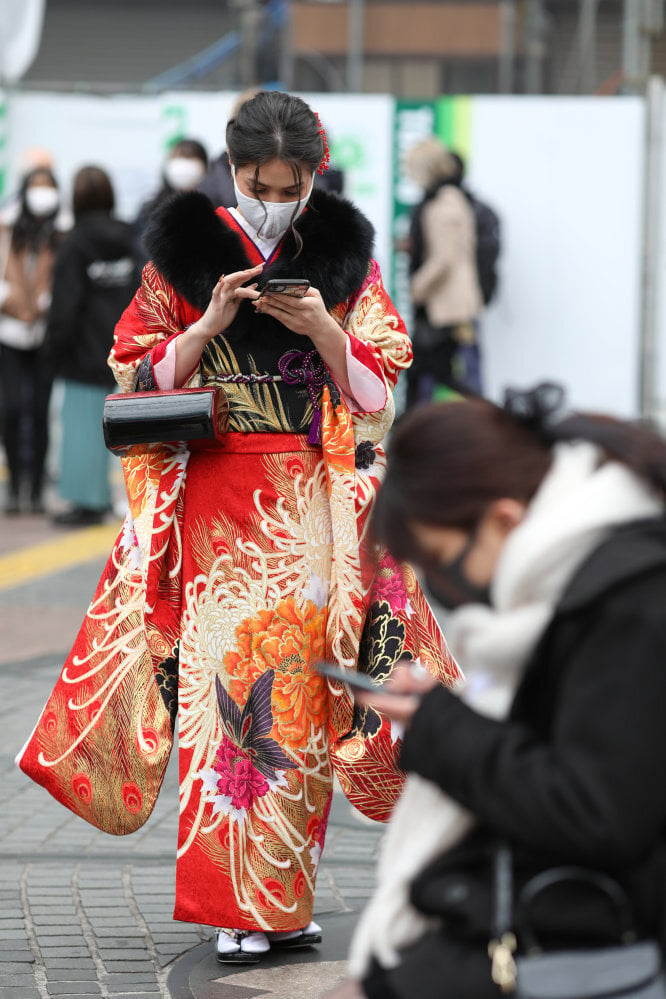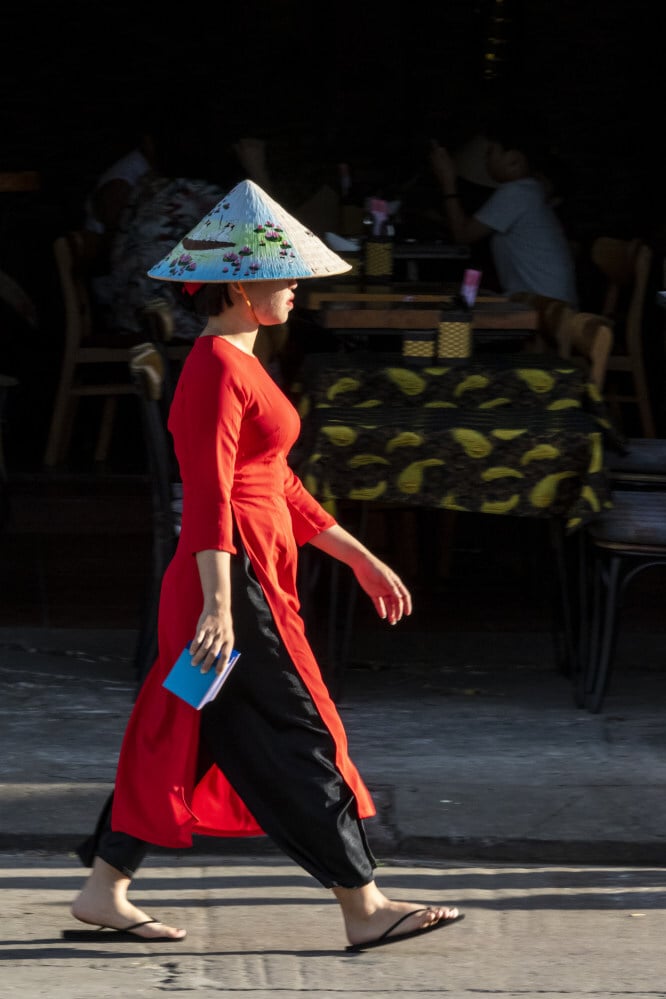
Qipao out, hanfu in? Advocates for traditional Chinese clothing have some problems to resolve
- People in China who want the traditional dress of its ethnic Han majority to be as widely accepted as the kimono in Japan and ao dai in Vietnam have a problem
- Hanfu changed over the centuries – do they take styles from one era or mix and match them to create a “traditional costume”? Besides, hanfu is not easy to wear
The qipao and its menswear equivalent, the changshan, are increasingly rejected in China as being sartorially representative of the Chinese people. One reason is because they are derived from the traditional clothing of the Manchus, the non-Han Chinese rulers of China’s last imperial dynasty, the Qing (1644-1912). The word “qipao”, literally “banner robe”, makes a direct reference to the Manchus, who are also known as the Banner People (Qi ren), so named for the quasi-militaristic organisation of the whole Manchu society into the Eight Banners.
Besides, the qipao of today are Western-influenced in their construction and only 100 years old, a little young to be considered traditional for many Chinese. The form-fitting and shorter versions are even more recent.
The traditional clothing of the Han Chinese (Han ren), the dominant ethnic group in China which accounts for 92 per cent of the population, has gone through multiple iterations over several millennia. What commoners wore differed from the fashions of the high-born. But the one constant across time and social class was the criss-cross, left-over-right collar.
The way Han Chinese clothing looks from the front is similar to a bathrobe, as is the way it is worn. However, it is vital that the left panel wraps across to the right, not the other way round, so that the finished look resembles a lower-case “y” when seen from the front.

In ancient China, the left-over-right neckline was the way the Huaxia people (precursors of the Han Chinese) distinguished themselves from their “barbarian” neighbours. Confucius (551-479BC) was recorded in The Analects as saying that if it had not been for the wisdom and policies of Guan Zhong, a prime minister of a powerful feudal state, they would be ruled by barbarians and would wear their hair loose and their garments fastened right-over-left, the way “uncivilised” people did.
Hence, the left-over-right style was a mark of refinement for the ancient Chinese; it separated the civilised from the uncivilised. In time, perhaps due to the relative precociousness of Han Chinese culture, some of the ancient non-Han Chinese peoples who lived around and within China switched around the way they fastened the fronts of their garments, in line with the Han Chinese way.


Should the style of a single dynastic period be picked? Or should modern-day hanfu be an amalgamation of fashions from different periods? Why is the style derived from the Qing dynasty not representative of China? Are Manchus not Chinese? They might not have been four centuries ago, but are they not part of the Chinese nation today? The manufacturing of sartorial traditions serves a useful purpose in providing a focal point for cultural pride, and many of the “traditional costumes” of various countries were intentionally manufactured in modern times for that very purpose.
My issue with traditional clothes of any sort is the inconvenience involved. There tends to be a lot of fuss getting in and out of them. Flaps of fabric get caught in train doors and escalators. Going to the lavatory is a nightmare, logistically and hygienically. I have worn a changshan several times – once to the pre-Gordon Ramsay Savoy Grill in London – and I cannot say that I enjoyed the experience.

